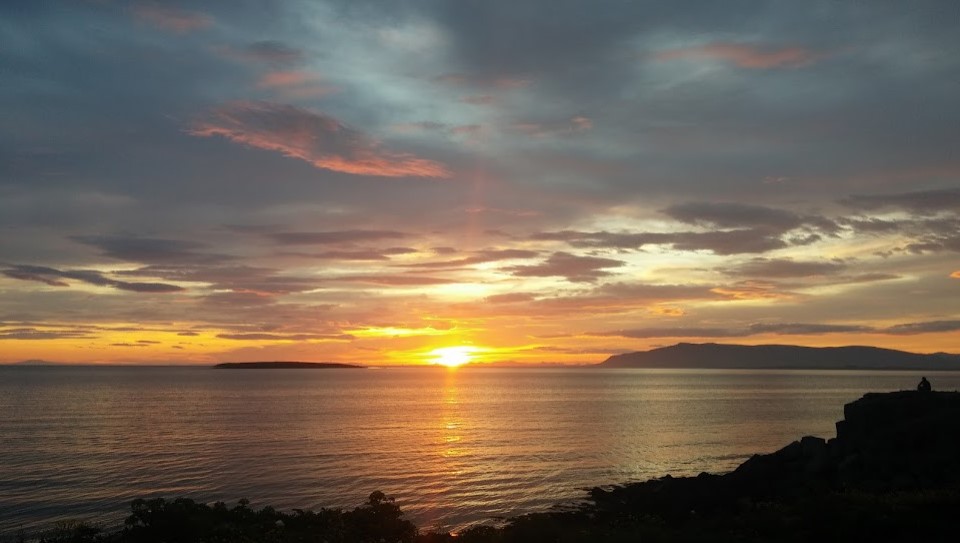Vinna við nýjar heimasíður Umhverfis- og orkustofnunar og Náttúruverndarstofnunar er í gangi. Heimasíða Umhverfisstofnunar er virk á meðan vinnunni stendur. Information in English
Breidafjordur

This is the second biggest bay in Iceland. The islands and skerries are said to be innumerable. Most of the islands are grassy, and some have lush Angelica forests. There’s rich algae vegetation on beaches and in shallow waters. The bay is shallow in many places, leading to a 5–6 m height difference between high and low tide. As a result, beaches and mudflats are incredibly vast. Seals have their pups on skerries, and the birdlife in the islands is unique, both in variety of species and population size. In the past, there was a considerable settlement on the islands. There were large fishermen’s huts in many places, for example in Oddbjarnarsker. Island farming was in many ways special but has now mostly ceased. The islands’ residents could easily sustain themselves, and the islands have ever been seen as an abundant source of food. There are still benefits from down and egg collection, and therefore tourists should pay attention to the rules of conduct as regards the eider nesting period. Sailing between the islands can be dangerous because of currents and skerries. In addition, the protected area of Breiðarfjörður belongs to West Iceland and the Westfjords and is protected by Act No. 54/1995 , on the Protection of Breiðafjörður. A special committee, Breiðafjarðarnefnd, advises the Minister for the Environment on the protection of the area.
Further information about the area can be found on the Breiðafjörður Committee’s website in Icelandic.